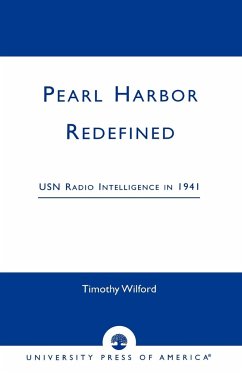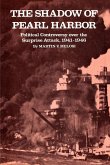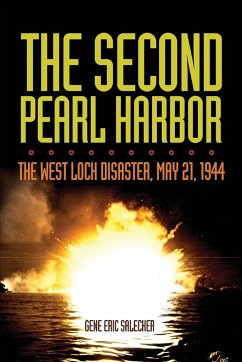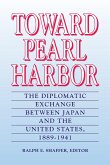This book redefines the Pearl Harbor controversy through a study of radio intelligence as practiced by the United States Navy (USN) in 1941. Newly released primary documents, supported by secondary historical and technical accounts, explain the effectiveness of USN radio intelligence in terms of its principal activities in 1941: cryptanalysis, traffic analysis and intelligence reporting. This evidence also demonstrates the extent to which the USN exchanged intelligence with its Allied counterparts. USN radio intelligence penetrated the vast expanses of the Pacific, permitting the partial reading of Japanese naval messages and the tracking of Japanese vessels. In the period preceding the Pearl Harbor attack, radio intelligence provided the USN with foreknowledge of Japan's operations in the North Pacific, although Washington failed to provide its Hawaiian commanders with adequate forewarning. Washington's response can now only be explained in terms of gross neglect or careful design, rather than complete surprise.








